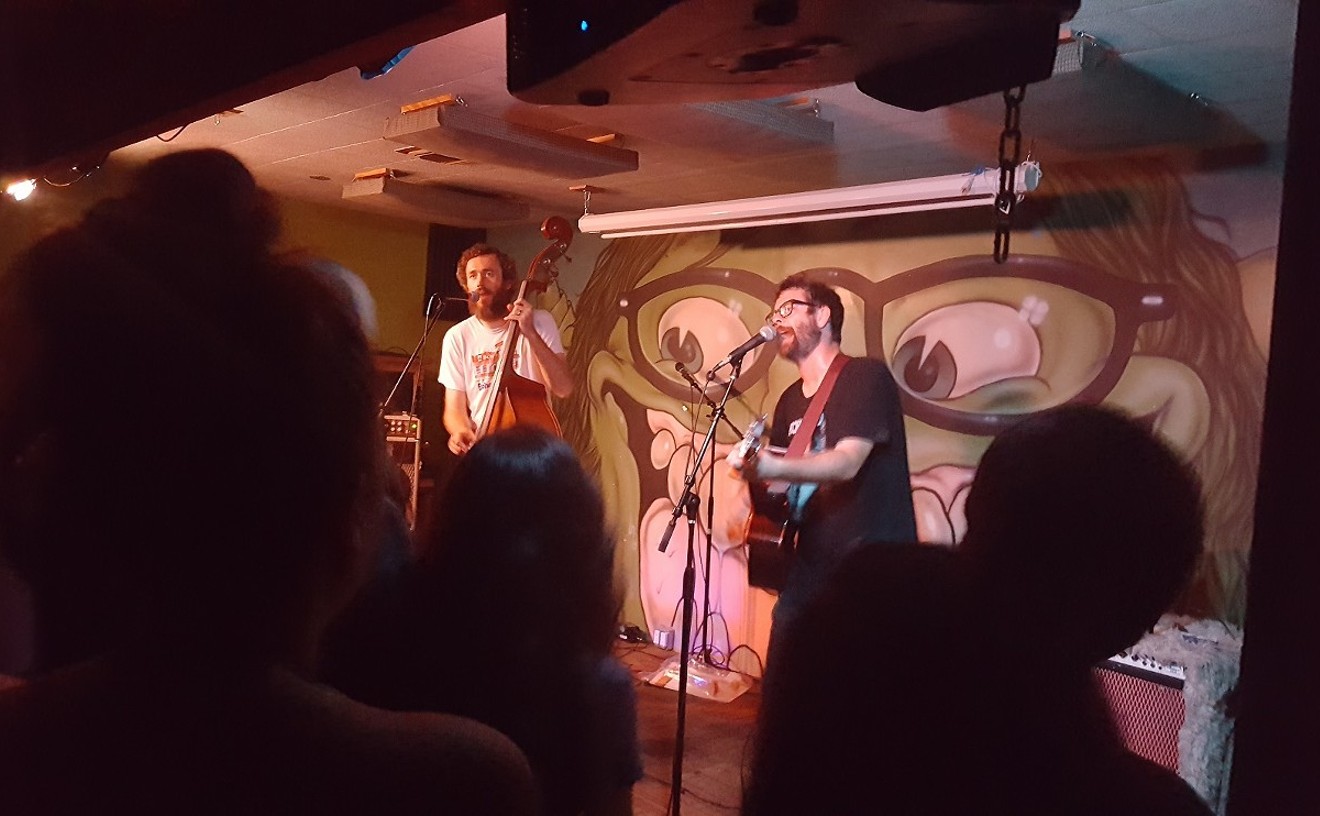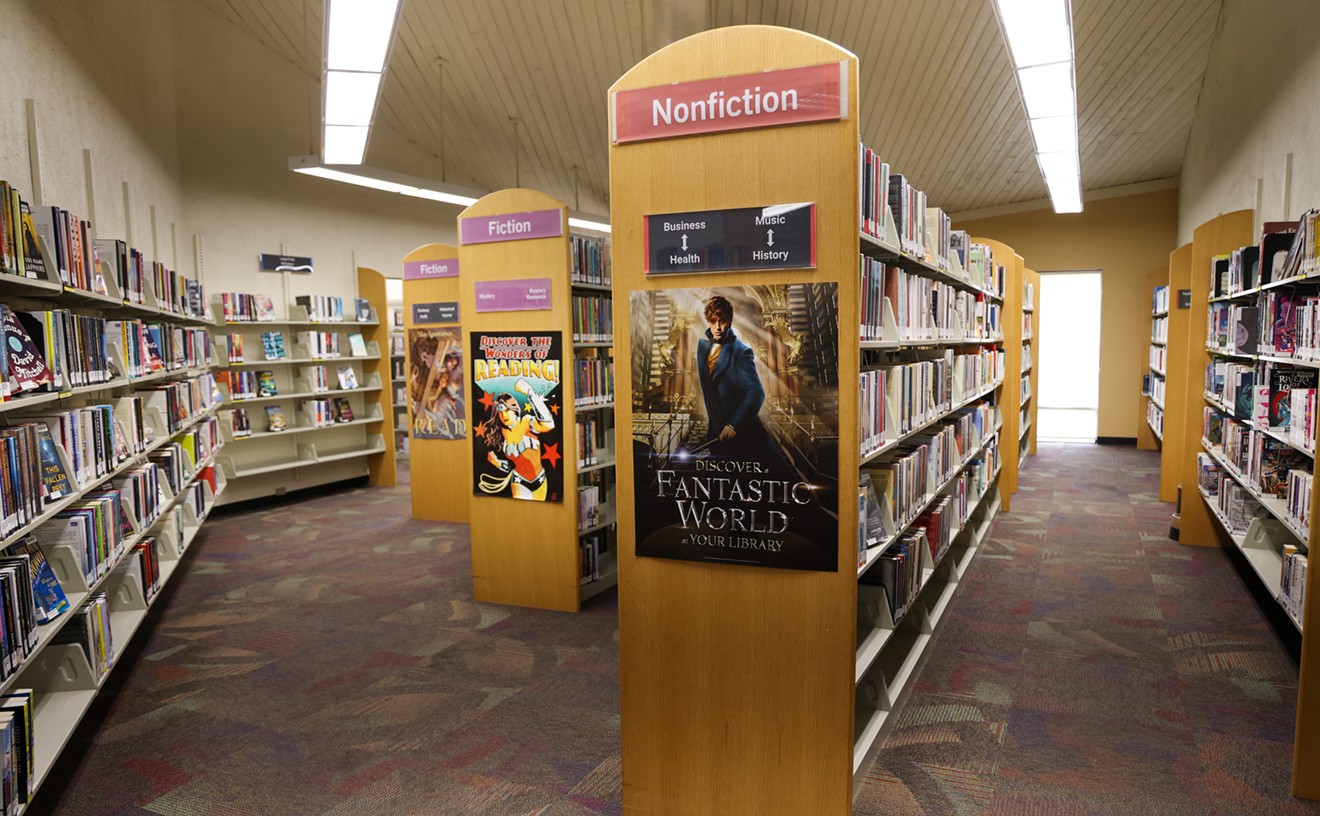If you hadn't heard of the David and Gladys Wright House until recently, it's because its late owners — the son and daughter-in-law of pioneering 20th-century architect Frank Lloyd Wright — did their best to keep their home off the radar of Wright fanatics and local looky-loos. And if you haven't recently heard about this very unusual (and very endangered) house at all, then perhaps you've been in a coma.
The house, a spiral design that Wright built in 1952 for his son David — and the only Wright residence in existence based on the circular floor plan the architect later used for the Guggenheim Museum — has been in the news in a big way these past several weeks. The house's possible demolition by greedy developers has been noted in long articles in the New York Times and Business Week, and CNN and NPR have aired features on our city's latest attempt at tear-down. None has yet pondered how this visually stunning and important building has maintained such a low profile among Wrightophiles.
"My grandparents put a lot of effort into keeping people away," says Anne Wright-Levi, great-granddaughter of Frank Lloyd Wright and a former owner of the endangered property. "They used to have Frank Lloyd Wright fans all the time trying to get onto the property to see the house, but they got so good at shooing people away that eventually no one seemed to remember the house was there at all."
Wright-Levi admits she's partly to blame for the house's current endangered status. David and Gladys, who each lived past 100, left the property to Anne and her two sisters. When two of the sisters were unable to buy out the third, the three sought a buyer who would maintain the property and appreciate its historic significance. "But then she turned around and sold it, two years ago, and those new owners are trying to tear it down."
Wright-Levi is referring to 8081 Meridian, the development firm that plans to mow down the unusual old home and put up a pair of more contemporary houses on the two-plus-acre property. For the moment, they cannot: Earlier this month, the Camelback East Village Planning Commission voted in favor of proceeding with historic designation of the property. Meantime, 8081 Meridian is building a legal case for doing whatever the hell it wants with its property.
Wright-Levi's real mistake was in leaving the original buyer of the home to have it designated as historic, rather than doing it herself before selling, which would have gone a long way toward protecting it. The buyer, probably aware that a historic designation would make the property less sellable to real estate developers, never had the home listed with local or national historic registries.
It's a story that's been told again and again — far too often by me in this column — but this time, local preservationists are hopeful that the national attention and public outcry ("Tear down a house Wright built for his own family? What's wrong with these people?!") will do more than just shaming city officials into backing off one more time.
"If we succeed this time in rescuing this building," says Alison King, co-founder of Modern Phoenix (www.modernphoenix.net), a site devoted to local Midcentury Modern design and architecture, "it could be the great, galvanizing event that gets people to consider that we do have some significant architecture here. Architecture worth preserving."
In the meantime, there are petitions to sign, meetings with city officials and concerned neighbors to attend, and this ongoing (and frankly embarrassing) national attention to our habit of ripping down what's left of our architectural history. All of which might have been unnecessary if only Phoenix were a city that more of us treated like home, instead of like a stop on our way to another place.










